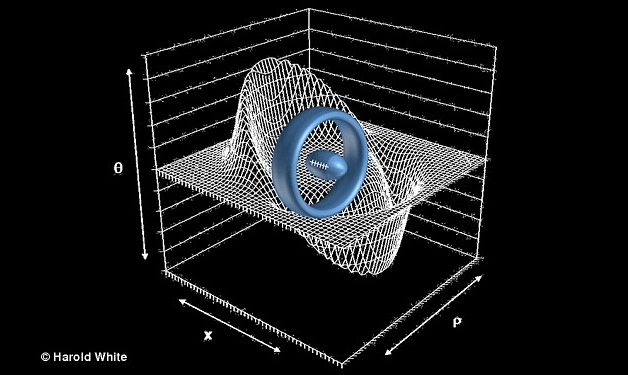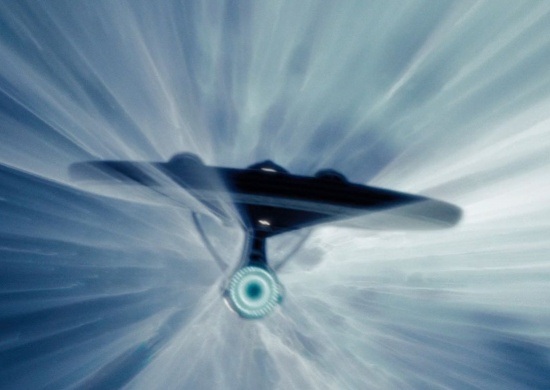Warp Drive Is More Feasible Than First Thought, According To NASA Scientists

‘Warp drive’ – a concept popularised in our favourite sci-fi shows such as Star Trek – is not as unrealistic as it was first believed, according to top scientists from NASA. They say there is a distinct “hope” that we can reach faster-than-light travel in years to come following ‘breakthroughs’ in warp drive theory.
For anyone familiar with the laws of physics, it is understood nothing can travel faster than the speed of light. In theory however, warp drive - first suggested in 1994 by Mexican physicist Miguel Alcubierre - could allow spacecraft to travel 10 times the speed of light by manipulating space-time itself, opening up and exploiting loopholes in the long-established laws. Up to now, it has been estimated based on existing warp drive theories that it would require the energy-mass of a Jupiter-sized planet to make it possible. However, Harold ‘Sonny’ White from NASA’s Johnson Space Center has other ideas.
Though his idea is based on the same principles conceived by Alcubierre - that of a football-shape spacecraft attached to a large ring encircling it, designed to cause space-time to 'warp' around the ship  – White calculates that were the ring to be doughnut-shaped rather than a defined circle, the warp drive could theoretically be powered with mass just the size of the Voyager 1 probe (the size of a small car).
– White calculates that were the ring to be doughnut-shaped rather than a defined circle, the warp drive could theoretically be powered with mass just the size of the Voyager 1 probe (the size of a small car).
“The findings I presented today change it from impractical to plausible and worth further investigation,” White told Space.com following his talk at the 100 Year Starship Symposium, a gathering of some of the greatest living scientists and thinkers to discuss the challenges of interstellar travel.
White is currently trying out his theory in what he calls a “humble experiment” that aims to create a mini version of the warp drive from a laboratory at the Johnson Space Center. “We're trying to see if we can generate a very tiny instance of this in a tabletop experiment, to try to perturb space-time by one part in 10 million.”
Perhaps we are on our way to building that $1 trillion USS Enterprise after all...
Richard Birkett
Source: Space.com
Image Credit: Harold White

